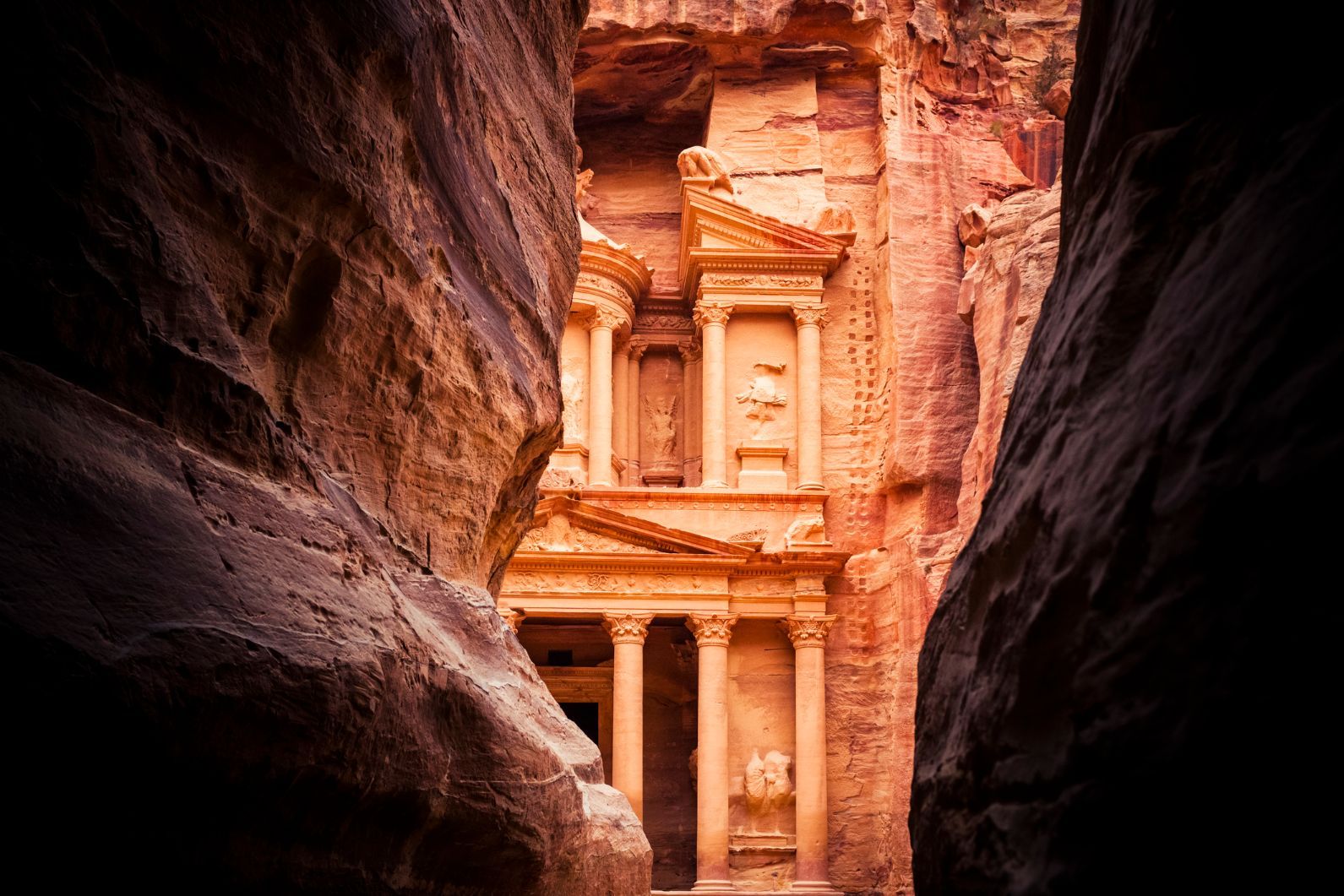A warm breeze blows past your feet as you stroll down the stoney, sandy walkway of the Siq Canyon, a narrow passageway snaking through the rugged, red, 180m-high sandstone walls of southwestern Jordan.
The canyon corridor is mostly natural, forged by tectonic forces and smoothed by water, but parts were also sculpted by the Nabataean people, a nomadic tribe who lived here as early as the 4th century, who were rather handy builders. You drag your hand along the rough, granular sandstone walls, knowing that despite the arid, desert land, this was once a bustling thoroughfare. And as you turn a final corner, the layered walls of the canyon direct your gaze to the lightning bolt exit beyond, and you get your first glimpse of pillars carved into the sandstone.
You emerge from the shadows and feel the sun hit your face. Before you stands the remarkable facade of Al-Khazneh, 40m high and carved into the very rock itself. Welcome to the ancient city of Petra.
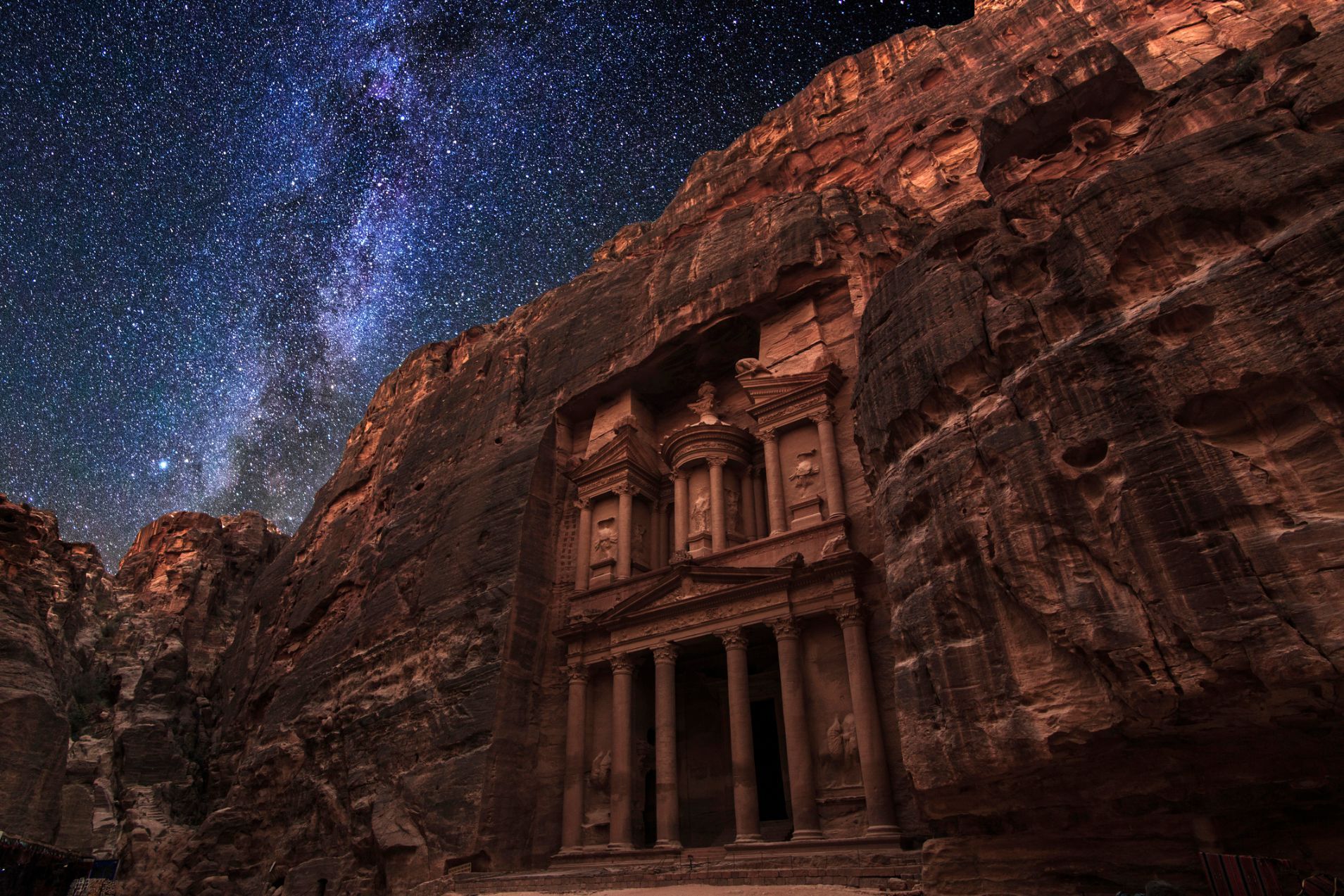
Most people think of Al-Khazneh, meaning “The Treasury”, when they think of Petra. It dates back to the 1st century AD, built as a mausoleum during the reign of the Nabataean King Aretas IV. The name is more recent, from the 1800s. It was coined by another nomadic tribe, the Bedouins, who believed there to be lost treasure in the facade. You can still see gunshots on the facade, around the central urn, where the Bedouin have tried to liberate the urn (which is actually made of solid stone) of its perceived loot.
Still, there’s more to Petra than The Treasury. While many buildings in Petra - which covers an area over 250km2 - have been excavated, including tombs, temples and even a 6,000-person theatre, archaeologists believe that only around 15% of the city has been uncovered. The rest lies unseen and untouched.
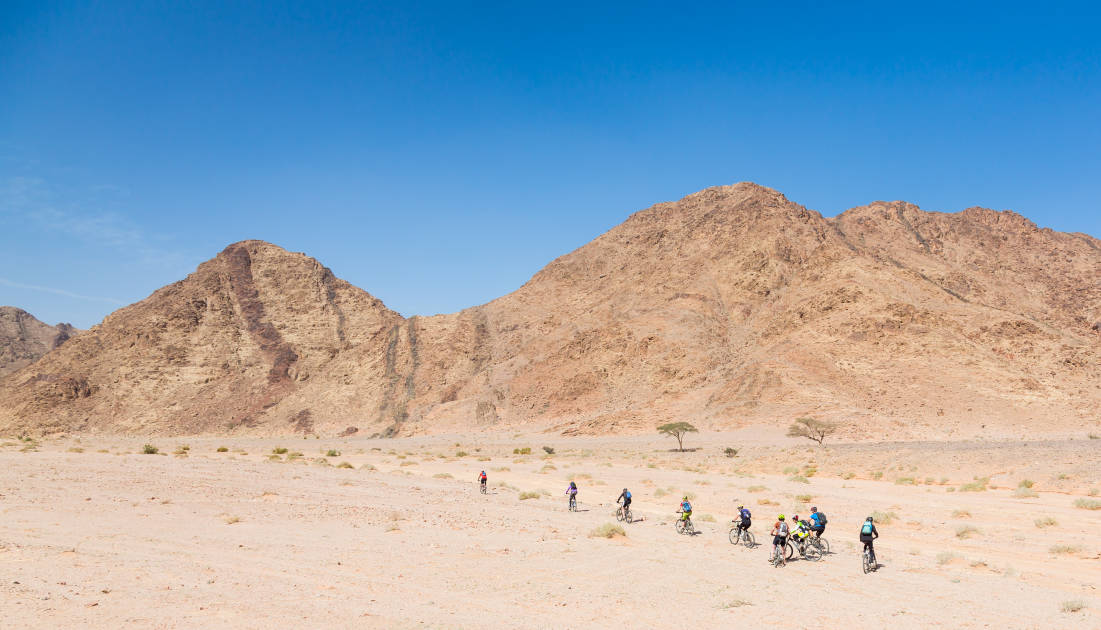
Petra was the Nabataean capital from the 2nd century BC right to 106 A.D, when the Romans took control of the city and Petra entered the Byzantine era.
The city is about 150 miles south of Jerusalem and Amman, and sits between the Gulf of Aqaba and Red Sea. This made it an ideal spot for commerce, set along the great incense trading routes, some of which now make up the stunning, 675km long-distance Jordan Trail which runs the length of the country. It was as a trading post that the city of Petra thrived. Textiles, incense, spices and ivory passed through Petra, and as trade grew, so did the city.
With stunning architecture carved into the land itself, the city was a fortress. Diodorus, the Greek historian, wrote that “This place is exceedingly strong but unwalled,” and indeed, the Greeks tried unsuccessfully to take Petra in 312 BC.
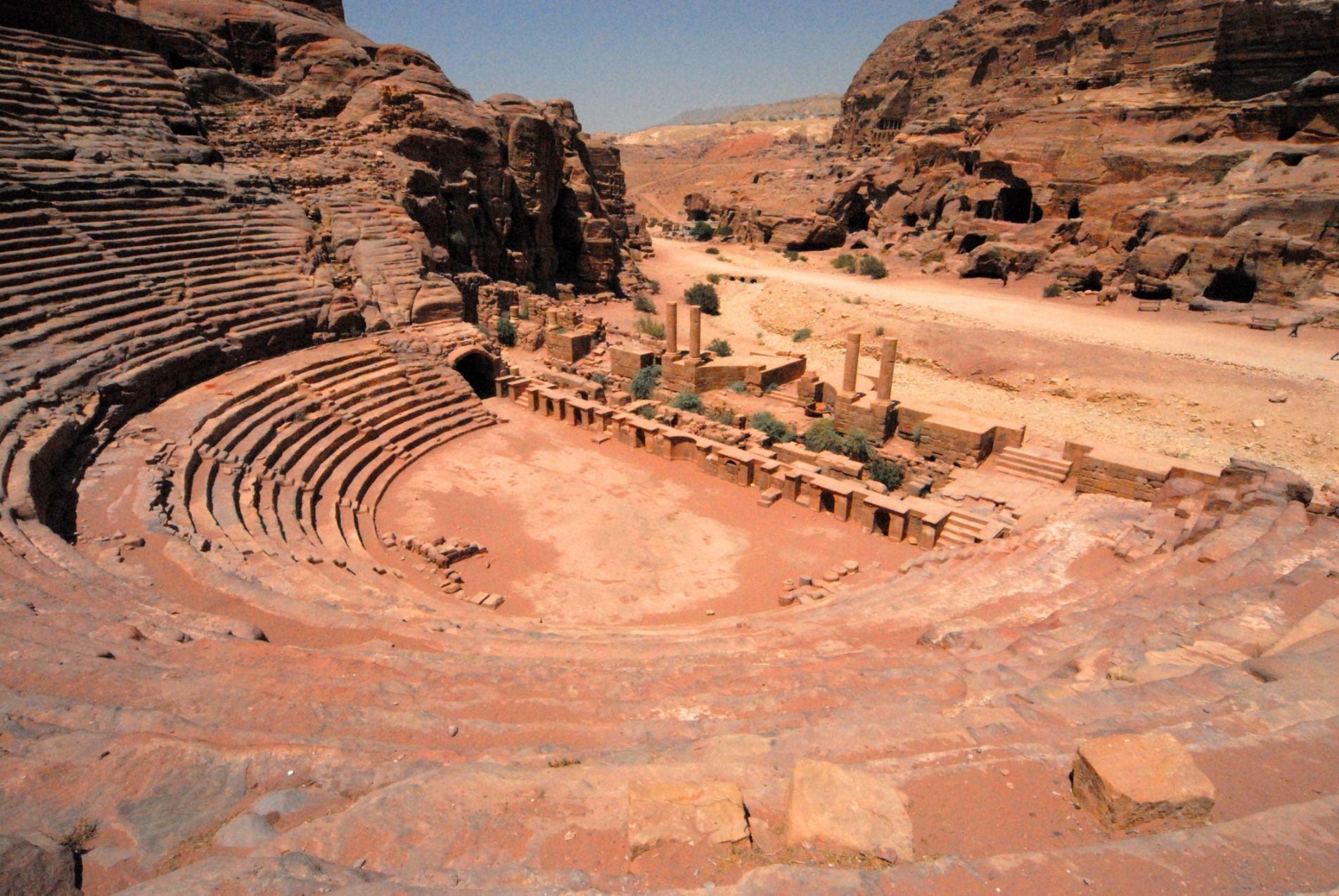
During its height, Petra was one of the world’s most lavish cities, home to 30,000 people and to swimming pools, gardens, fountains and boundless prosperity. If you’re wondering how a desert city ends up with all that in 1BC, well… the canyons might seem arid, but the nearby Wadi Musa mountains would rain and flood, and there were nearby natural springs. The Nabataeans had sophisticated methods of harnessing these supplies, and through reservoirs, channels and dams created an impressive system which served the desert city with a supply of fresh water.
Greek historian Strabo writes that the locals of Petra “had never any dispute among themselves, and lived together in perfect harmony”, and contemporary historians believe the Nabataeans to have been abhorrent of slavery, and believe that women played a prominent role in city politics.
After the Romans moved in, the importance of Petra fell, partly due to new sea trading routes, and slowly but surely the city of Petra fell into disrepair. A notable earthquake in 363 AD destroyed “nearly half” of the city, according to notes from a bishop in Jerusalem. Eventually, by around the eighth century, Petra was abandoned, with no more significance to trade. The Nabataeans' ingenious systems for catching water fell into disrepair, and the city was forgotten.
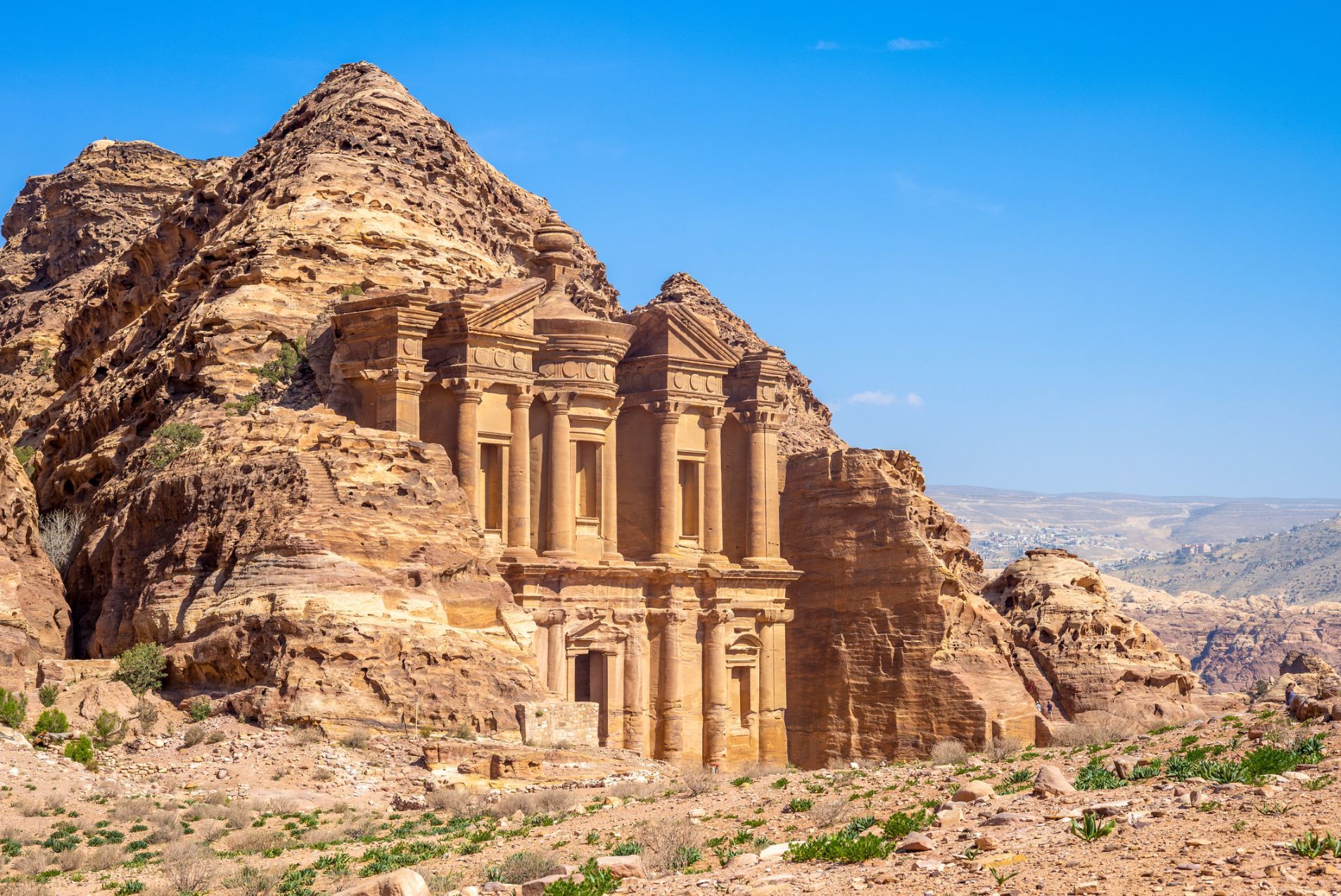
For around a millenia, the only people who knew of Petra’s location were nomadic shepherds and the Bedouin people, and wary of an influx of treasure hunters - sort of like pre-20th century ‘overtourism’ - they wanted to keep it that way. Enter Johann Burckhardt, an explorer born to a wealthy family in Lausanne, Switzerland in 1784, and the man who would “re-discover” Petra - on a dangerous journey involving trickery and disguise.
Burckhardt moved to England in 1806, but his travels really began when he was sponsored for the task of finding the source of the River Niger in Africa. In preparation, Burckhardt began to study Arabic at Cambridge and later moved to Aleppo in Syria to further his studies.

It was during a stop in Malta, en route to Syria, that Burckhardt first heard rumours about the lost city of Petra. The German explorer Ulrich Jasper Seetzen, who had recently left Cairo to search for Petra had, it turned out, been killed en route. This was a dangerous path to tread.
After two years in Syria, and travelling under the name Sheikh Ibrahim Ibn Abdallah, Burckhardt believed that he had learned enough of Arabic and local culture to disguise himself as a Bedouin. He began to journey south, writing in his journal: “I thought it advisable to equip myself in the simplest manner. I assumed the most common Bedouin dress [and] took no baggage with me.”
Before heading to Petra, he tested out his disguise on shorter journeys within Syria, Lebanon and Palestine, and - complete with the language, and a dusty tan - he successfully kept his true identification under wraps.
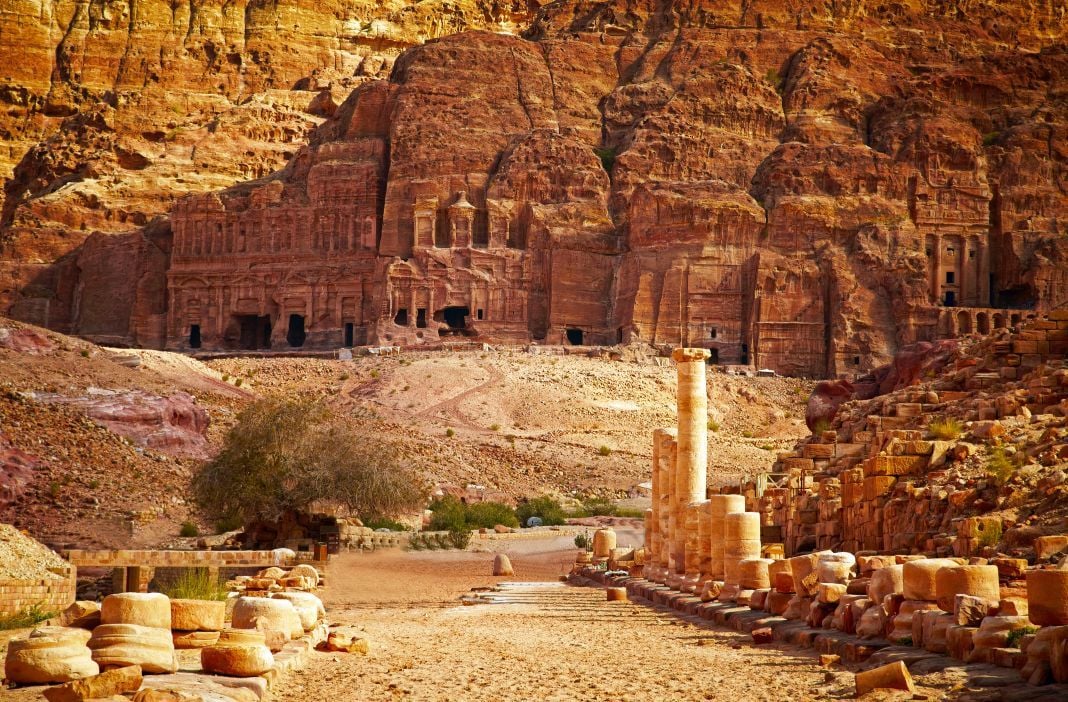
Burckhardt was still unsure of the location of Petra, but he had heard rumours of ruins in a mountain valley near the supposed tomb of Aaron, the brother of Moses, and it was to here that he journeyed in 1812. Under the pretence of wishing to sacrifice a goat to Aaron, he found a local guide to take him to the ruins, and on 22 August 1812, he became the first outsider in 600 years to pass through the narrow passageway of the Siq canyon and lay eyes on Al-Khazneh.
“I was without protection in the midst of a desert where no traveller had ever before been seen,” he wrote. “An excavated mausoleum came in view [...] It is one of the most elegant remains of antiquity existing.”
It is one of the most elegant remains of antiquity existing.
Burckhardt forgot his role as an Arab pilgrim in all this, and his awe gave him away. "I see clearly now that you are an infidel, " his guide is said to have proclaimed, "But depend on it that we shall not suffer you to take out a single coin of all the treasures hidden therein!" The explorer feared that if he explored further he - or his diary - would come to harm, and so they soon left.
The Swiss explorer would continue on with his travels; notably going on to visit Mecca in 1814, and eventually returning to Cairo in 1815, where he would edit his journals before dying of dysentery in 1817 aged just 33. Archaeologists followed in his footsteps in the 20th century. Petra was named a UNESCO World Heritage Site in 1985, and today it is Jordan’s top tourist destination - though many of its secrets still lie undiscovered and hidden beneath the dusty ground.
Inspired? Check out our adventure holidays in Jordan, which include a visit to the ancient city of Petra.

